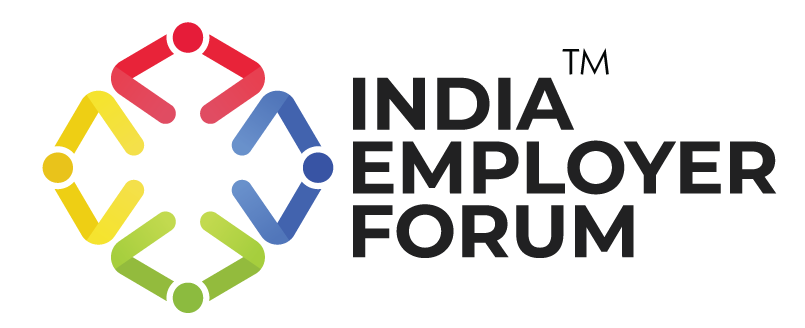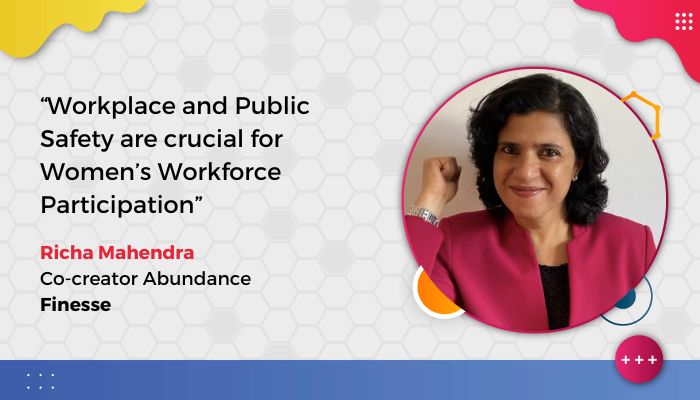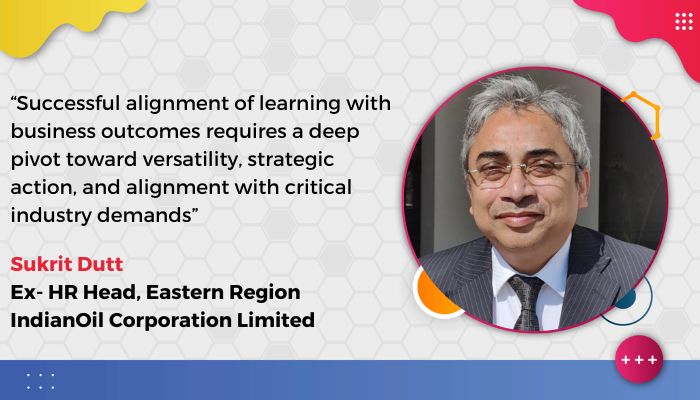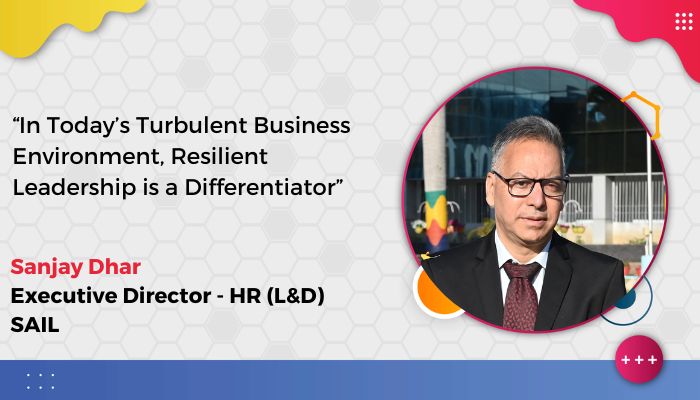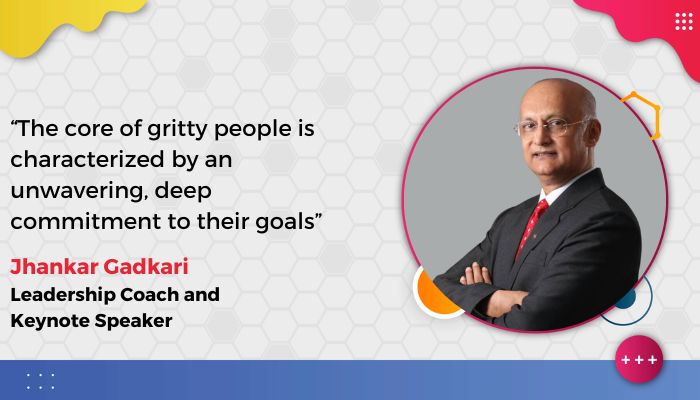By Richa Mahendra, Co-Creator Abundance, Finesse
When we evaluate barriers that hinder women from getting ahead, we can broadly bucket them as: Structural, Economic and Societal.
Structural barriers
The legal system mandates some job restrictions, and women are not allowed to work in certain roles and industries. The World Bank researched that women enjoy only two-thirds of the legal rights that men do, and the laws that do exist are not properly implemented. For example, there is the Equal Remuneration Act of 1976, and yet there is so much pay disparity.
Economic barriers
Deloitte’s research showed that women in India earn 39.80 rupees for every 100 rupees earned by men. Globally, women constitute 47% of the labour force, compared to 72% of men. This gap has narrowed by only 1% annually over the past three decades, highlighting persistent economic inequalities. World Bank’s research shows that approximately 2.4 billion women globally do not have equal economic rights, with 178 countries maintaining legal barriers that hinder their full economic participation. In 86 countries, women face job restrictions, and 95 countries do not guarantee equal pay for equal work.
Societal barriers
Globally, one in every four girls continues to be married before the age of 18, and this curtails the educational and economic opportunities for women. Incidents of violence against women, such as rapes and murders, deter women’s participation in the workforce. Stereotypes are nurtured by society. Even today, not many households teach boys to cook and girls to be single-mindedly career-focused. There are less than 15% women in the Lok Sabha.
Brutal fact – The University of Toronto, in December 2024, stated, “Remote work protects women from gender discrimination. More than 1000 women were surveyed, and 31% experienced discrimination when working from the office compared to 17% of those working remotely.”
Global inspiration
- Iceland’s equal pay certification has successfully reduced pay gaps.
- Norway’s transparency law has reduced the gender gap by 40% in a decade.
- Germany’s Women in STEM initiative led to a 25% rise in women entering tech careers.
- Google’s Internet Saathi initiative has already helped 30 million rural women gain digital skills. This is one of the areas where we want to get women into high-growth industries, but again, it need not be limited to women – so overall, as a society, we may improve.
- TCS and Infosys have set a goal of 40% of their new tech hires to be women.
- Interestingly, in Indian TV, since women watch the majority of Soap Operas and want to watch women in the lead, they get paid at par if not more.
- On-site childcare among companies has increased from 8.5% in 2020 to 13.9% in 2023
- 26-week paid maternity leave is being adopted by many Indian Organisations.
- Tata Group’s Women in Leadership initiative raised female leadership by 20%.
- IBM India’s gender-neutral policies led to a 30% rise in female leadership roles.
- “She Capital” (VC Firms) already invest in women-led tech startups in India.
What can be done by the government, organisations & society?
- Enforcement and awareness of laws that exist: Despite progressive laws, enforcement remains a challenge. According to the Women, Business, and the Law 2024 Report, women globally enjoy only two-thirds of the legal rights that men do. Governments must strengthen legal mechanisms, ensuring that equal pay, anti-harassment laws, and gender-neutral hiring are not just policies on paper but are actively monitored and implemented. Mass awareness campaigns, legal literacy workshops, and helplines should be created to inform women of their rights and provide easy legal recourse.
- Safer public and work environments: Workplace and public safety are crucial for women’s workforce participation. Gender-based violence and harassment deter women from employment opportunities. Strict anti-harassment laws with zero-tolerance policies, safer public transport, and well-lit urban infrastructure can significantly boost women’s confidence in engaging in the workforce. Businesses must invest in anonymous grievance redressal mechanisms and strict penalties for workplace misconduct.
- Equal pay and workplace policies: A persistent gender pay gap exists, with women earning approximately 20% less than men. Regular pay audits, salary transparency, and standardised pay structures (such as skills-based pay rather than negotiation-based) can eliminate wage disparities. Avoiding questions about salary history during hiring also prevents previous wage discrimination from carrying forward.
- Promote leadership training and executive development for women: Women hold only 12.2% of executive roles in FTSE 350 companies despite occupying 42% of board positions. Leadership programs targeting women can bridge this gap by providing mentorship, networking opportunities, and skill-building. Companies should set clear gender diversity targets for leadership roles, ensuring women have equal growth opportunities.
- Flexible work arrangements: With 60% of women facing difficulties in balancing work and home responsibilities, flexible work models—hybrid setups, remote work, job-sharing, and predictable scheduling—can significantly improve retention. Research shows that organisations with flexible policies experience higher productivity and lower attrition.
- Unconscious bias training: Bias in hiring and promotions is a key barrier to women’s advancement. Around 44% of businesses admit to gender biases in recruitment. Regular training for leadership and HR teams can help dismantle stereotypes and foster an inclusive culture.
- Strengthen laws against gender-based violence: Gender-based violence not only affects women’s safety but also limits their economic participation. Stronger laws, stricter punishments, and better rehabilitation services for survivors are needed. Workplace safety measures, public awareness campaigns, and community engagement programs should be enforced.
- Invest in public transportation and infrastructure to ensure women’s safe mobility: Women’s participation in the workforce is directly linked to their ability to travel safely. Governments must invest in gender-sensitive public transport with features like well-lit stations, women-only sections, and GPS-tracked vehicles. India’s metro systems have already implemented women-only coaches, but further improvements, including enhanced security measures, are required.
- Offer tax benefits and subsidies for women entrepreneurs and small business owners: Financial independence is key to gender equality, yet women entrepreneurs struggle with funding. Governments should introduce tax breaks, lower-interest loans, and subsidies to encourage women-led businesses. The INR 2 crore loan scheme for women and SC/ST entrepreneurs is a step in the right direction but needs better accessibility.
- Expand access to financial services and credit for women entrepreneurs: Only 18% of Indian startups are founded by women, and a mere 2% of VC funding goes to women-led ventures. Expanding financial access through simplified loan applications, microfinance programs, and startup incubators tailored for women can help bridge this gap.
- Fund STEM and AI education for girls and women: Women hold only 14% of AI-related jobs and constitute just 26% of STEM graduates in India. Encouraging more women into high-paying sectors like AI and tech through scholarships, mentorship programs, and targeted hiring initiatives can reduce gender disparity in these fields.
- Promote positive media representation: Media plays a huge role in shaping societal perceptions. Women are still underrepresented in leadership and STEM-related portrayals. Governments and media houses must work together to depict women in diverse, empowered roles, normalising their presence in tech, business, and politics.
- Engage with families: Traditional gender roles often limit women’s career choices. Educating families about shared caregiving and encouraging them to support women’s careers is vital. Workplace policies should also accommodate male employees in caregiving roles to break rigid stereotypes.
- On-site childcare facilities: Companies offering on-site childcare see higher female participation and retention. Businesses must prioritise childcare support, and governments should provide tax incentives to encourage more employers to adopt this model.
- Childcare support where needed: Where on-site childcare isn’t feasible, companies should offer childcare stipends, tie-ups with daycare centres, and parental leave policies that equally distribute caregiving responsibilities between both parents.
- Predictable scheduling: Women in industries like retail and healthcare often face unpredictable work hours, making work-life balance difficult. Predictable scheduling policies ensure stability, allowing employees to plan their commitments.
- Skills-based pay systems and avoiding salary history questions: Women’s salaries often lag due to historical pay gaps. A skills-based approach ensures that compensation aligns with expertise rather than negotiation tactics. Additionally, avoiding salary history discussions during hiring prevents wage discrimination from persisting.
By implementing these strategies, governments, businesses, and society can work together to create a truly inclusive workforce. There are many policies, but we need to create more awareness and education and create an ecosystem where women can capitalise and leverage the existing schemes. A level playing field is required, NOT favours and concessions.
About the Author
Co-creating abundance for all stakeholders is the guiding value for Richa. Consistency, creativity and learning agility are her essential fortes. An HR domain expert fortified with experience in business functions made her interventions strategic in nature. Richa’s focus is “business transformation through human resources – engaging, assessing, upskilling and inspiring talent so that they bring their discretionary effort to the workplace.” Richa has over 18 years of industry experience prior to launching her Entrepreneurial foray “Finesse” in 2013. Currently, Richa is orchestrating change across the industry with “Finesse”. Finesse offers Business Transformation using the levers of Coaching and Consulting. Connect with Richa here.
Disclaimer: The opinions and views expressed in this article, including any accompanying data, are the sole responsibility of the author and should not be construed as reflecting the official policy or position of India Employer Forum.
